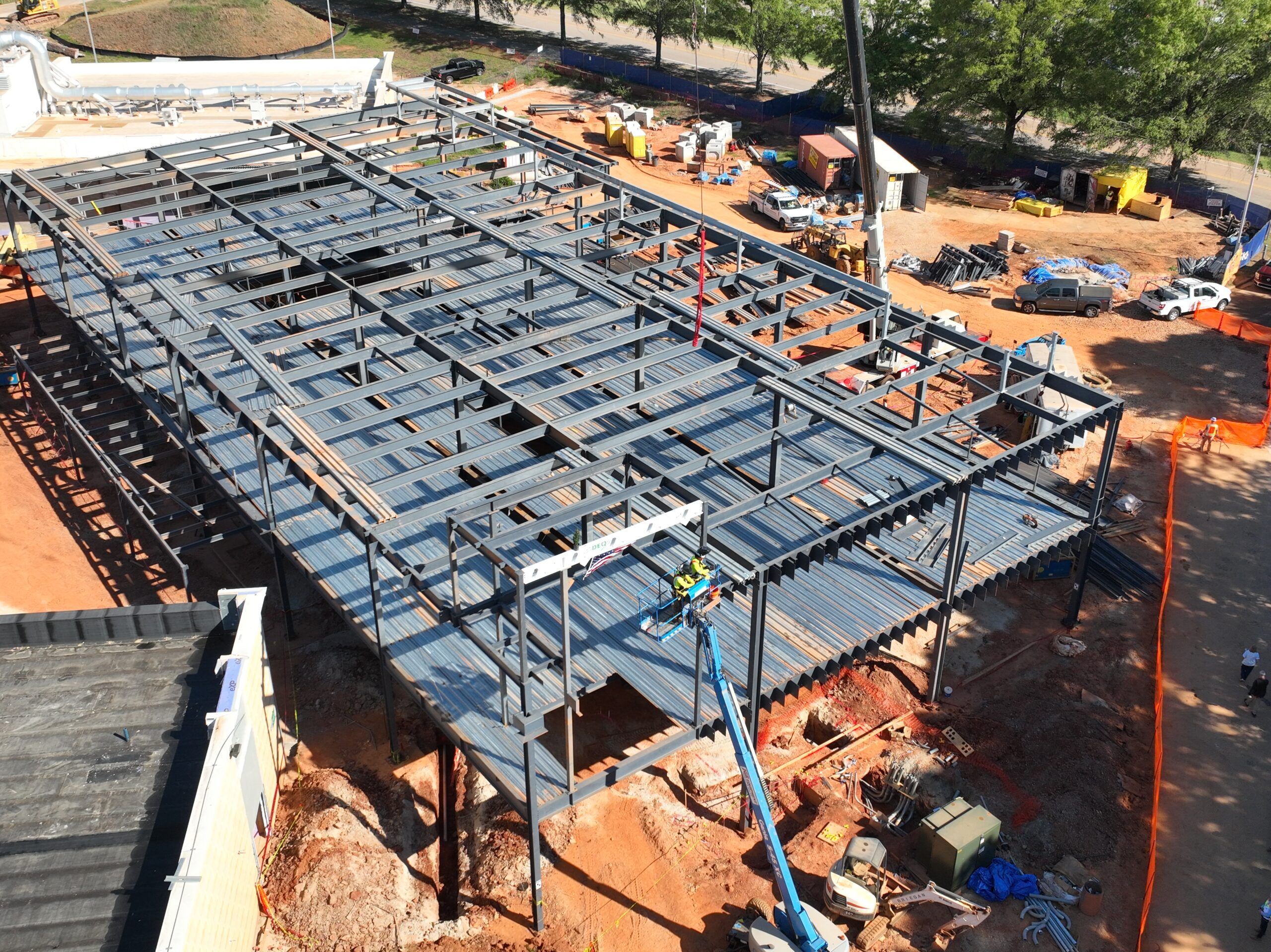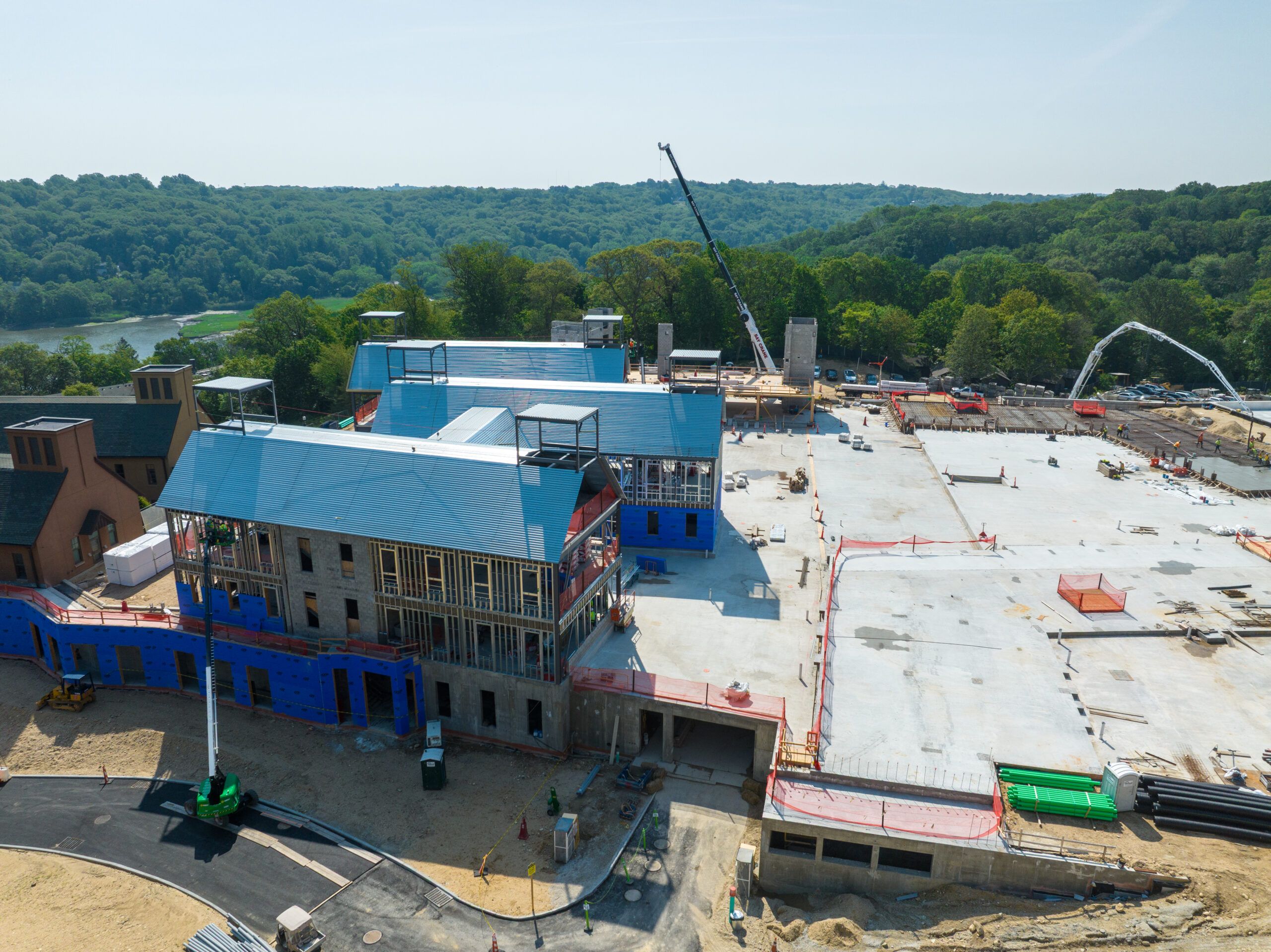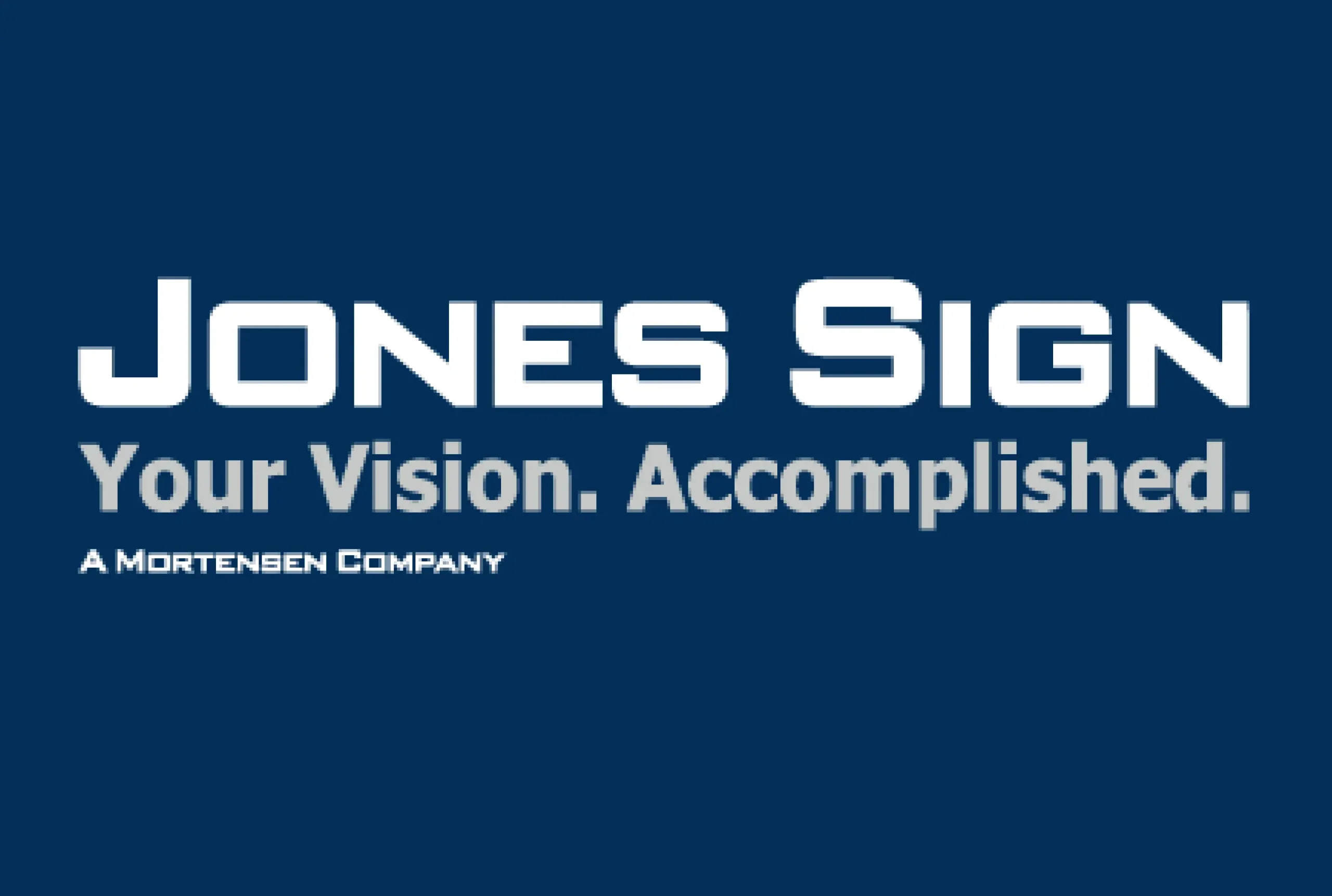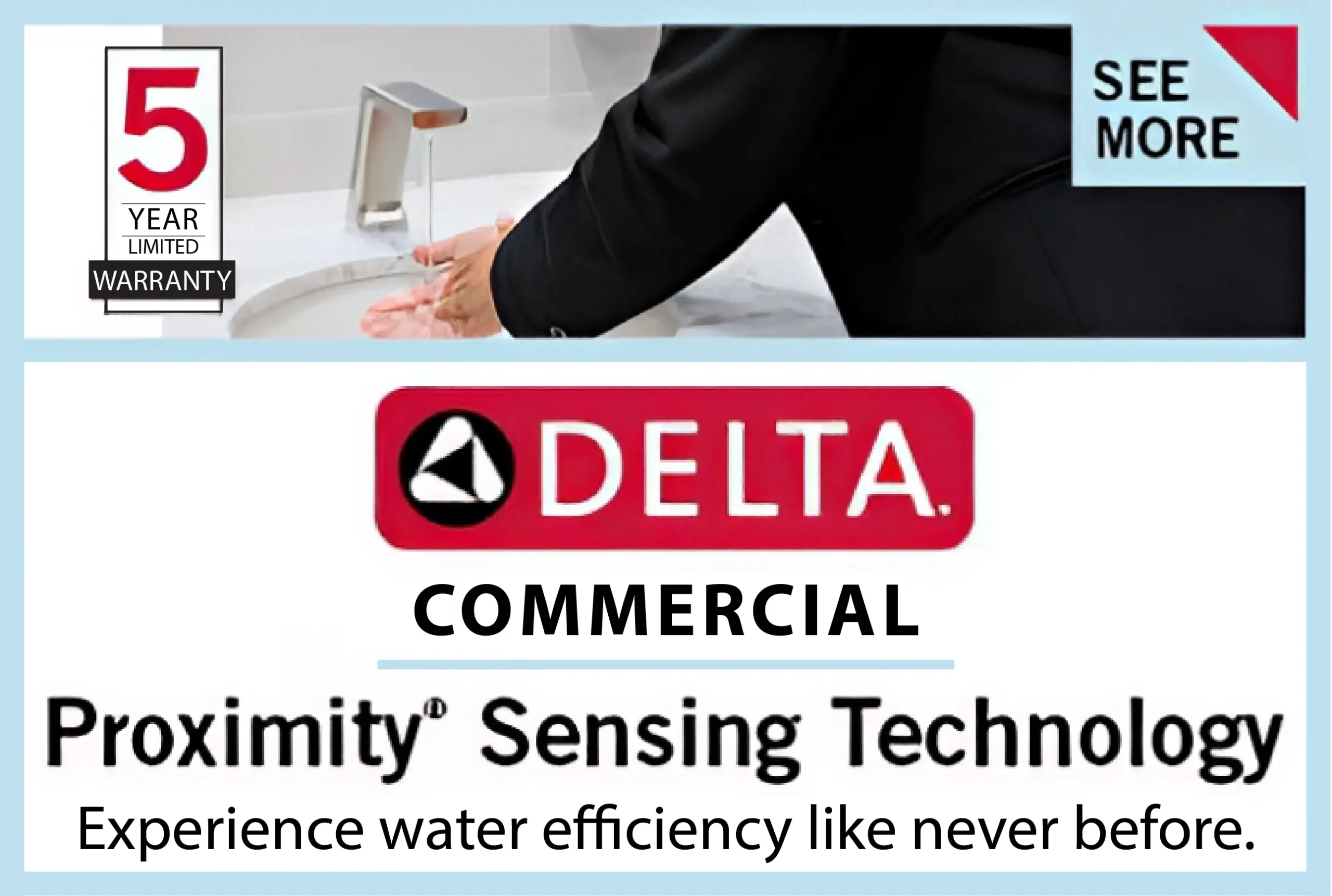In the world of construction, safety and efficiency are paramount. To handle these critical aspects, businesses should consider turning to technology and making use of construction risk assessment software. This powerful software tool has the potential to revolutionize the industry by making construction safer, more efficient, and ultimately, more profitable.
Let’s examine more closely how you as a professional benefit from using it.
If you’re looking for an industry-leading solution for risk assessment, consider ALICE Technologies. Click here for more information.
Defining construction risk assessment software
So, what is construction risk assessment software? This powerful tool is designed to tackle risks in the construction sector, intelligently identifying, evaluating, and helping to manage potential hazards that could pop up during construction.
It combines advanced algorithms and data analytics to automate risk assessment, delivering real-time insights and suggesting practical steps to manage risks. The software considers both tangible risks (like safety incidents) and intangible risks (such as delays and overruns).
The ultimate goal is smoother project execution and streamlined delivery.
The benefits of using construction risk assessment software
Here are the top reasons why construction risk assessment software is a must-have tool.
1. Increased efficiency and precision
The software uses advanced algorithms to identify risks, making detection faster and more accurate than manual processes.
For instance, instead of manually sifting through project data to spot potential risks, the software can automatically analyze this data and identify any issues. This reduces the time spent on detection and increases precision.
2. Better forecasting
As the software allows for predictive analysis, you can tackle potential issues before they become real problems.
For example, the software might forecast the risk of resource shortages based on the current rate of consumption. This early warning allows the project manager to take preventive measures, such as sourcing additional resources or adjusting the project schedule.
3. More detailed reports
You’ll get in-depth reports on identified risks, potential impacts, and suggested mitigation measures.
The software may, for instance, generate a report identifying a safety risk due to inadequate lighting in certain work areas, describing the potential impact of this risk (such as the increased likelihood of accidents) and recommending mitigation measures (like installing additional lighting fixtures).
4. Real-time monitoring
You can keep an eye on project risks as they happen with real-time monitoring, allowing you to react immediately to any changes.
As an example, if a sudden weather change poses a risk to outdoor construction activities, the software will promptly alert you, and you can then halt work to ensure worker safety.
5. Enhanced safety
Software also helps to identify safety hazards, allowing for proactive measures that can drastically reduce accidents on-site.
An example would be the software identifying a risk of accidents due to faulty equipment. This allows the construction company to replace or repair the equipment before an accident can occur, thereby enhancing worker safety.
Businesses that use risk assessment software have a competitive edge
Construction risk assessment software is a game-changer. Its ability to detect, monitor, and manage risks combined with real-time tracking can dramatically improve project efficiency and safety.
By investing in this tool, construction companies can usher in a new era of productivity, safety, and profitability, safeguarding their projects against unforeseen setbacks and optimizing their operations for success.











